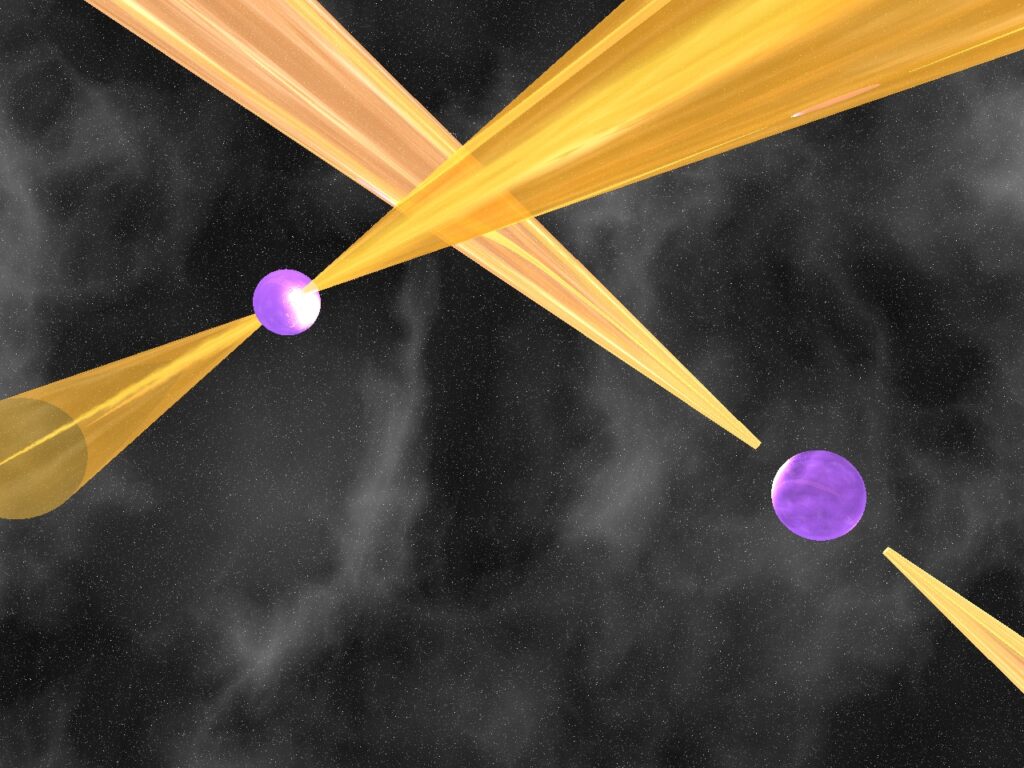Scientists are searching for binary pulsars in close proximity to the supermassive black hole Sagittarius A*. These pulsars could help verify a multitude of theoretical assumptions. Similar technologies to those used in the Event Horizon Telescope are being employed in this search.

Scientists will be looking for pulsars in the center of the Milky Way
Scientists from the collaborative group that, a few years ago, obtained the first image of a supermassive black hole in the galaxy M87 and later in a similar object in the Milky Way, have embarked on a new initiative. They aim to learn more about the exotic properties of spacetime near supermassive black holes by observing pulsars.
Last year, the researchers initiated another project called BlackHoleCam, which involved direct observations of supermassive black holes such as Sagittarius A*, along with other studies like pulsar research, astrometry, and testing the general theory of relativity.
Pulsars are dense remnants of supernovae that emit powerful radio pulses. There are expected to be many of them in the vicinity of the supermassive black hole because the excess radiation at certain frequencies from the center of the Milky Way is attributed to their presence. However, as of 2013, scientists were only aware of six neutron stars within 240 light-years of Sagittarius A*, including one magnetar.
Binary Pulsars
Scientists are dissatisfied with the small number of neutron stars discovered near Sagittarius A*. They are particularly interested in double systems where both objects are pulsars. In such cases, by observing the mutual influence of their rotation and radiation, they can test the general theory of relativity. Similar objects were first discovered over 40 years ago, but all of them were located far from the center of the Galaxy.
When such a pair is also situated within the gravitational field of a supermassive black hole, it provides an opportunity to investigate various theories concerning physical singularities. However, no double pulsars have been detected in the vicinity of Sagittarius A* thus far.
Scientists believe that they could find binary pulsars near the galactic center by using frequencies higher than 10 GHz, which are typically not explored. In this case, it would be possible to integrate the signal over long periods of time and eliminate the influence of the interstellar medium that obscures these objects from us.
However, this approach introduces a significant amount of noise that distorts the signals. Nevertheless, the team, which previously worked with the Event Horizon Telescope, knows how to address this issue. They plan to employ the same method of combining signals from multiple large instruments that is used by the Event Horizon telescope, enabling them to eliminate all the noise.
Based on materials from phys.org.

